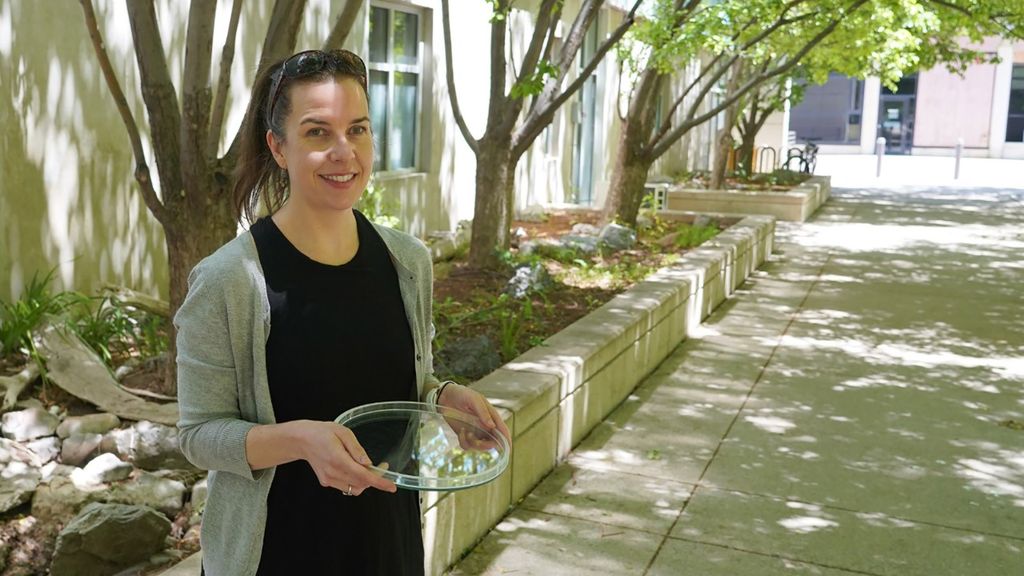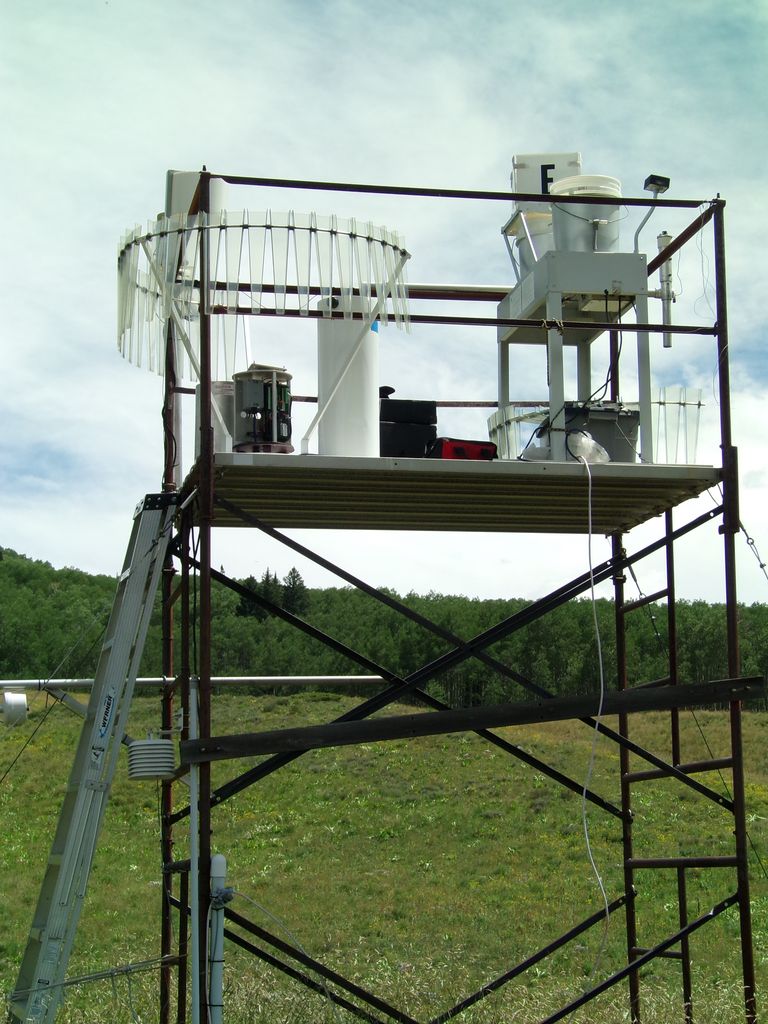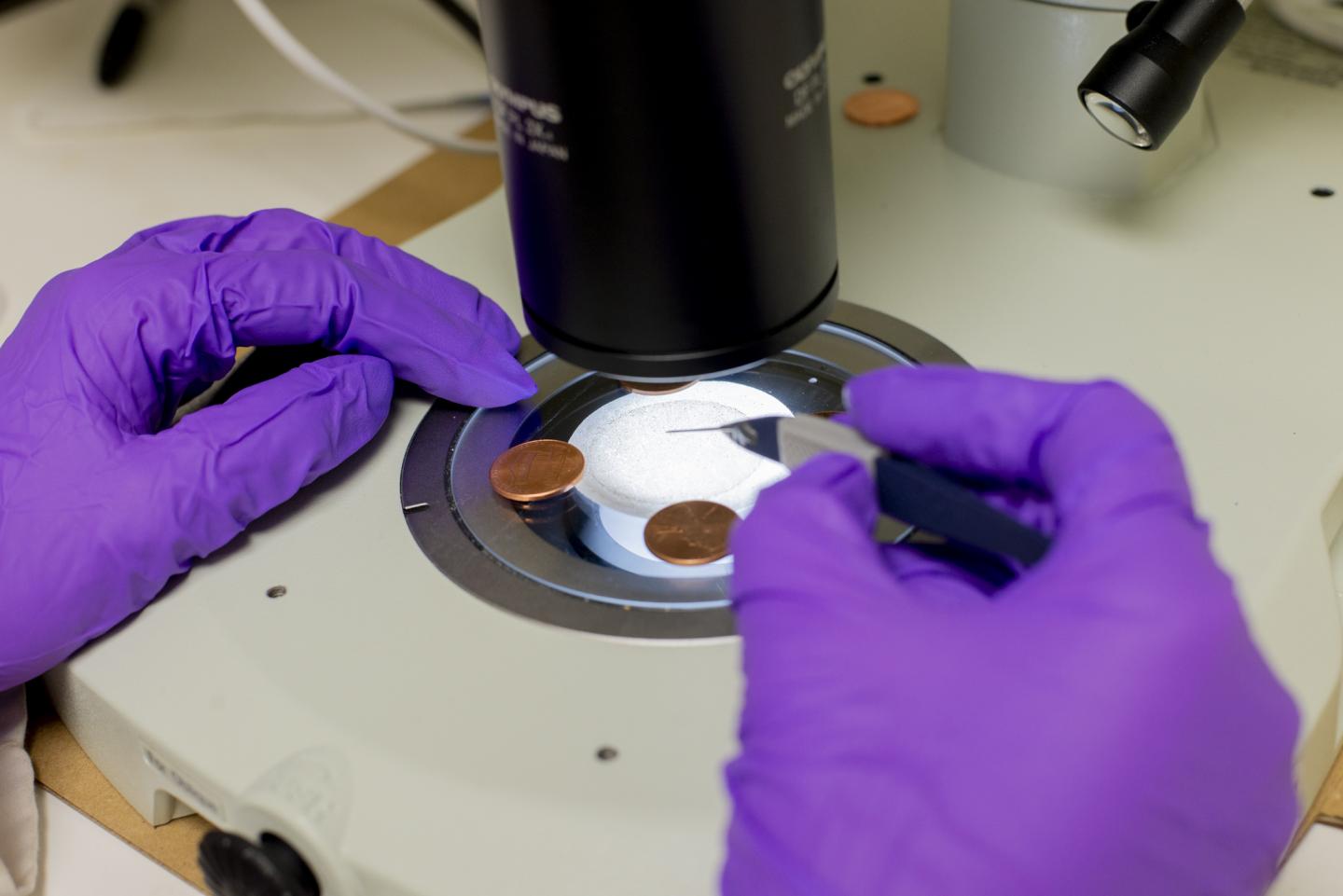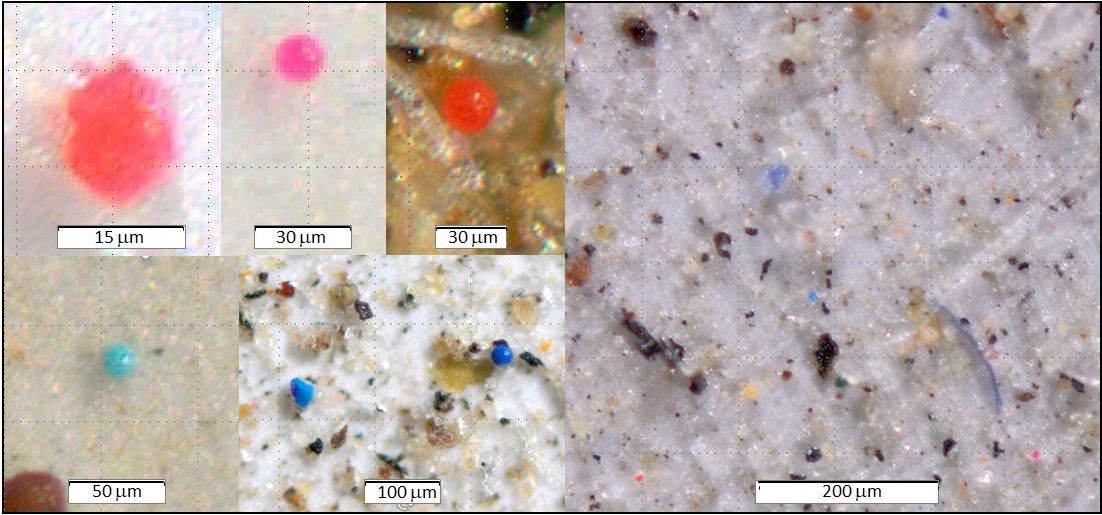Scientists have discovered that massive amounts of microplastics are falling into remote areas in protected US national parks every year. The tiny bits of plastic are carried there by winds and rains.
Microplastics are tiny bits or threads of plastic, which are often too small to be seen. Plastic doesn’t “decompose” like natural materials (such as wood). Instead, it just breaks into smaller and smaller pieces.
As the pieces get smaller, it’s easier for them to get picked up and carried further and further by forces like wind, water, and rain.

(Source: Janice Brahney, Utah State University.)
Microplastic particles have been found just about everywhere around the world, from Antarctica to the bottom of the ocean. They have been found on mountaintops over 75 miles (120 kilometers) from the nearest city.
The current study shows that microplastics are constantly coming down in great numbers, even in remote, protected lands.

(Source: Dennis Hinkamp, Utah State University.)
The scientists didn’t set out to study microplastics. Dr. Janice Brahney created the experiment to test her equipment, which was meant to track the way helpful chemicals travel to farms through the air.
The experiment used buckets that opened and closed automatically depending on the weather. This allowed the researchers to separate dust that fell during rain storms from dust that was carried in dry air. These “wet” and “dry” buckets were set up at 11 different protected, remote areas in the western US and checked regularly for over a year.

(Source: Janice Brahney.)
But when Dr. Brahney and her team began to study the dust they had collected, they got a surprise – microplastics. And lots of them. The researchers say about 4% of the dust in our air is made of microplastics.
By figuring out how much plastic was falling per square meter, the scientists were able to get a good idea of how much plastic was falling in all of the protected areas in the western US every year.
The answer was a shocking 2 million pounds (907,185 kilograms). That’s enough plastic to make over 123 million plastic bottles.

(Source: Brian Kartchner, Utah State University.)
The scientists learned that the wet microplastics usually came from cities, swept up by storms. Larger microplastics often traveled this way. The dry microplastics were smaller and were carried more like dust, which can travel for thousands of miles. About 75% of the microplastics were found in the dry buckets.
Most of the microplastics collected came from clothing, but about 30% were tiny beads that may have come from paint.
Humans and other animals wind up drinking and eating microplastics. Microplastics have been found in tap water, bottled water, and in sea animals that people eat.

(Source: Janice Brahney.)
Now there is growing proof that we are also breathing microplastics all the time.
Scientists still don’t know how eating or breathing microplastics will affect people, though many of the chemicals from plastics are known to cause health problems. There are concerns that microplastics can get stuck in the lungs, where they may lead to long-term problems.
Dr. Brahney says that for these reasons, it’s important to rapidly reduce the amount of plastic we produce and use.
Did You Know…?
The scientists only studied microplastics that fell in protected areas in the western US – about 6% of the US land area. It’s quite likely that the amount of microplastics falling in the remaining 94% of the US is much higher.
Also, Dr. Brahney says that much of the dust the scientists collected was too small to test, so the amount of microplastics collected may be even higher than reported.
